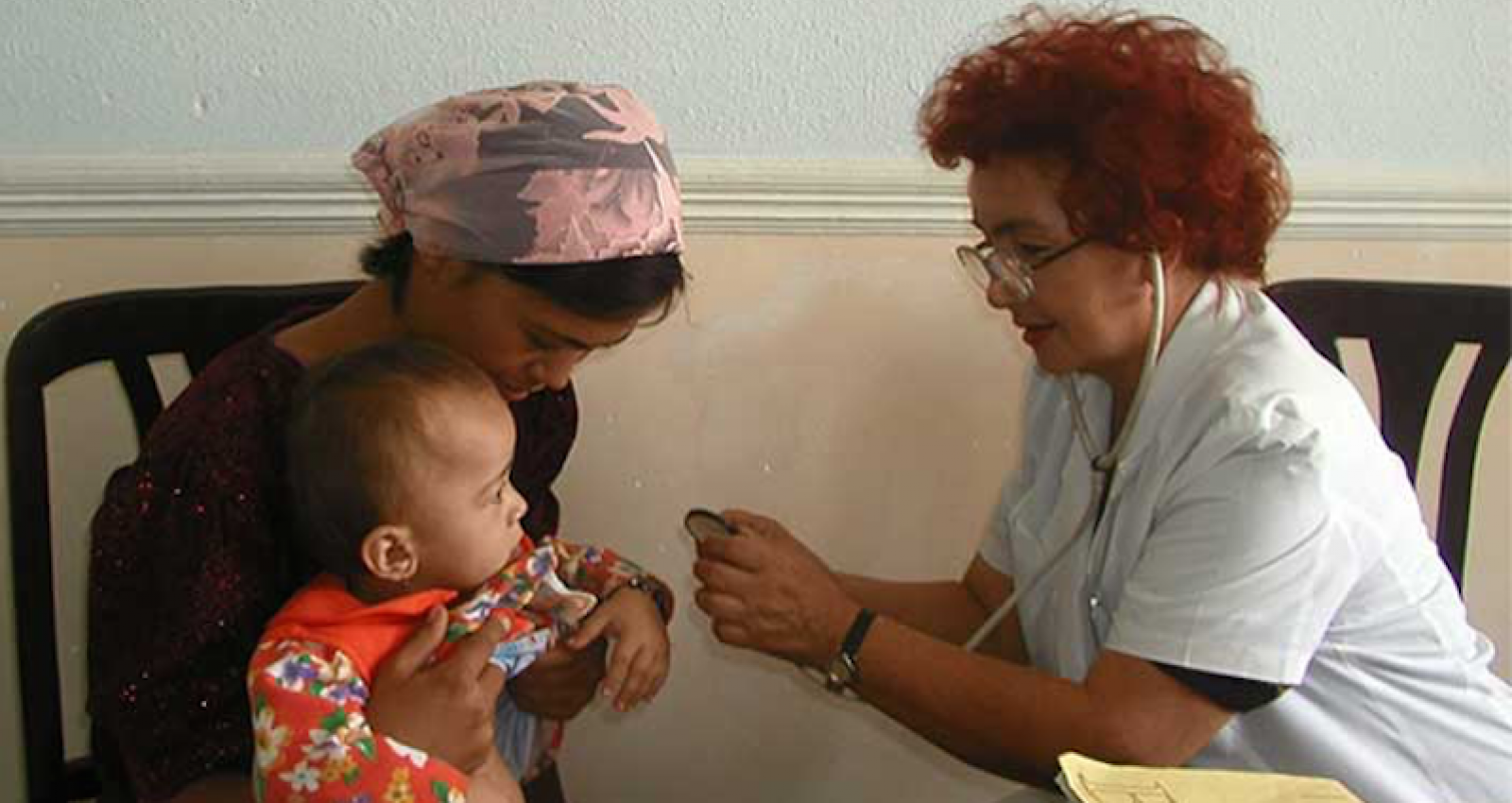Reducing Maternal and Child Mortality - What does the evidence show?
An IEG study looks at what interventions work best to reduce the number of deaths among mothers, newborns and children under 5 years of age.
An IEG study looks at what interventions work best to reduce the number of deaths among mothers, newborns and children under 5 years of age.
By: Jeffery Tanner
Across the globe, many governments and development actors have implemented measures to reduce the number of deaths among mothers and young children.
In September this year, world leaders gathered in New York to adopt the sustainable development goals (SDGs): 17 goals and 169 targets that will underpin a coordinated global effort to end extreme poverty, fight inequality and injustice, and fix climate change. Prominent among the goals is a commitment to ensure healthy lives and promote well-being for all at all ages (Goal 3). Targets set under this goal include reducing by 2030 the global maternal mortality ratio to less than 70 per 100,000 live births and ending preventable deaths of newborns and children under 5 years of age, with all countries aiming to reduce neonatal mortality to at least as low as 12 per 1,000 live births and under-5 mortality to at least as low as 25 per 1,000 live births.
Exactly fifteen years before the SDGs, the member states of the United Nations embarked on a similarly ambitious agenda with the Millennium Development Goals, which were launched in 2000. While much progress was made between 2000 and 2015, only one of the eight millennium development goals was fully met. The progress on maternal and child mortality missed its the goals by the largest margins.
Over the period, maternal and childhood deaths fell by 47 percent - a laudable achievement, but one that fell significantly short of the initial targets, which sought to reduce the under five-mortality rate by two-thirds (target 4A) and the maternal mortality ratio by three quarters (target 5A), between 1990 and 2015.
The SDGs seek to build on the earlier Millennium Development Goals and to complete what these did not achieve. Notwithstanding the obvious importance of the SDGs, it is useful to reflect on the past to understand what worked and what didn't in order to inform future interventions.
A recent evaluation by the Independent Evaluation Group (IEG), a unit within the World Bank Group, provides insights to help practitioners and policymakers better understand the interventions that are most effective in achieving the outcomes of reduced maternal and child mortality. These interventions come from the entire range of interventions from health through formal education to water and sanitation to governance and beyond.
IEG's report, Delivering the Millennium Development Goals to Reduce Maternal and Child Mortality, provides a comprehensive and systematic review of available high quality impact evaluation evidence. These studies estimate the causal attributable effects on mortality of interventions carried out by local actors in middle- and lower-income economies.
A key finding in the report is that while there are a lot of great ideas on how to reduce maternal and childhood mortality, only a few have proven effective and robust across multiple contexts. Drawing on the available impact evidence, the report provides a menu of interventions that have proven to work in reducing the number of deaths of mothers and children around the developing world.
The real challenge, based on the study's findings, is not that countries don't have ideas on what to do. Rather they struggle with how to do the right things in a cost-effective way.
Evidence from the review churns up several surprising findings. One of them is that despite being the primary indicator for tracking maternal and neonatal mortality rates, there is scant evidence that solely improving skilled birth attendance has robust impacts. Results were much better when this was combined with other reinforcing interventions, such as further training for health workers and the education of mothers. Similarly, although many health interventions had mixed records for effectiveness, interventions from non-health sectors that improved child's living environment, such as water, sanitation, energy, formal education for girls, and female representation in governance, were all consistent in reducing child deaths.
Despite 15 years of effort, surprisingly large gaps in causal evidence remain. For example, there are no impact evaluations on maternal or child mortality from the Middle East and North Africa region and there are relatively few from Sub-Saharan Africa though these regions have some of the highest mortality burdens, leaving their policy makers to make decisions based on local correlational data or causal evidence from other regions. Similarly, there are only three rigorous causal studies on reducing maternal mortality outside of South Asia. Even common interventions generally lack causal support: large global health strategies such as the Integrated Management of Childhood Illness, Safe Motherhood Programs, and Skilled Birth Attendance, as well as key elements of the 3 delay model for saving delivering mothers and newborns (specifically transport and referral systems), have only a handful of causal studies between them.
Still, there is reason for hope: Interventions are more likely to succeed, not less, where mortality rates are high. For the SDGs to succeed where the MDGs did not in saving lives of mothers and children, actors will need to focus resources on interventions with established effectiveness.

Comments
Add new comment